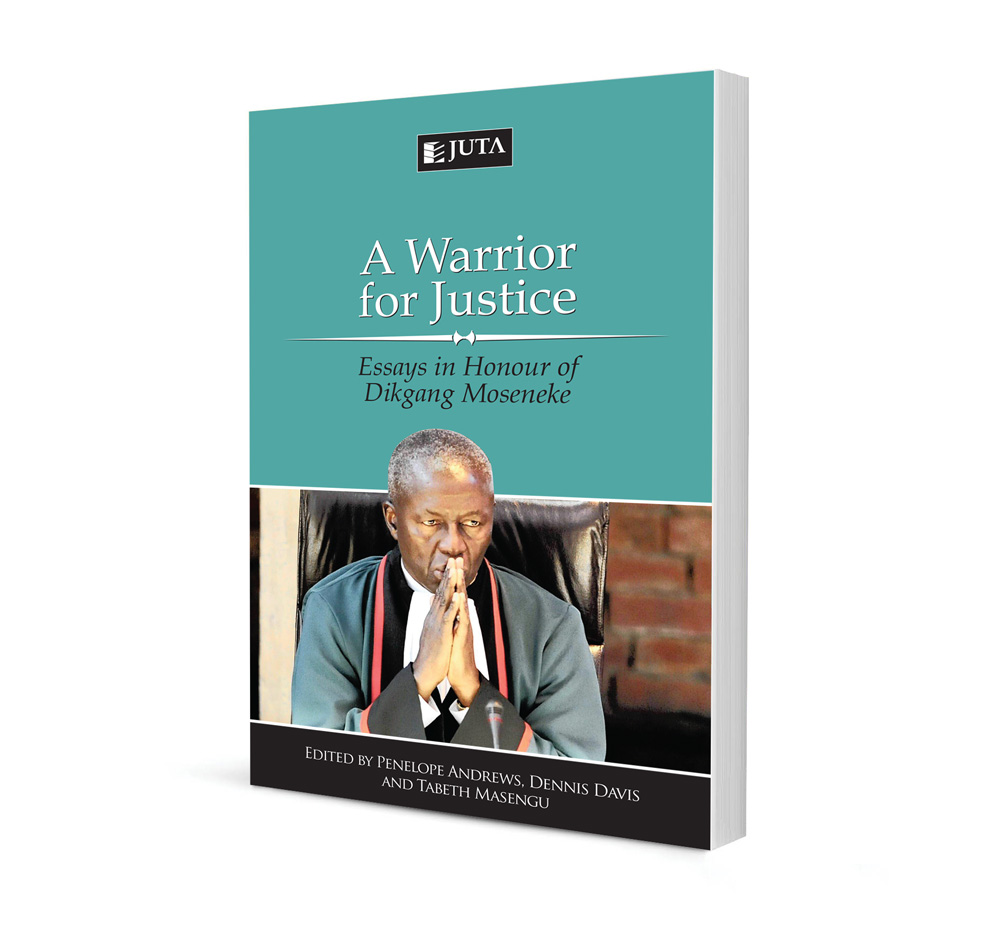Restitutionary Measures Properly Understood and the Extension of the Quota Ban – Locating SARIPA in the s 9(2) Van Heerden Framework

Restitutionary Measures Properly Understood and the Extension of the Quota Ban – Locating SARIPA in the s 9(2) Van Heerden Framework
Authors Lauren Kohn, Raisa Cachalia
ISSN: 1996-2088
Affiliations: Senior Lecturer, Department of Public Law, University of Cape Town; Attorney of the High Court of South Africa; Legal Consultant at Caveat Legal (Pty) Ltd; Researcher at SAIFAC (South African Institute for Advanced Constitutional, Public, Human Rights and International Law), University of Johannesburg; Attorney of the High Court of South Africa; Legal Consultant at Caveat Legal (Pty) Ltd
Source: Acta Juridica, 2017, p. 146 – 178
Abstract
On 2 December 2016, the Supreme Court of Appeal (‘SCA’) handed down judgment in the matter of Minister of Justice and Constitutional Development v South African Restructuring and Insolvency Practitioners Association (‘SARIPA’). This is a significant judgment on the test for assessing the constitutionality of a so-called ‘affirmative action’, or restitutionary, measure within the meaning of section 9(2) of the Constitution. SARIPA invites us to revisit the original formulation of this test as propounded by Moseneke J in the seminal judgment of Minister of Justice v Van Heerden. The policy in issue in SARIPA embodied a quintessential quota system aimed at effecting transformation of the insolvency profession. Both the High Court and SCA found this mechanical, alphabetised roster system for the appointment of insolvency practitioners to be excessively rigid for want of any general discretion to depart from the scheme. For this reason – on the strength of earlier dicta in South African Police Service v Solidarity obo Barnard and then Solidarity v Department of Correctional Services – it was held to fall foul of the section 9(2) test. Interestingly, these earlier cases were decided in the context of the Employment Equity Act, 1998 (‘EEA’), which expressly prohibits quotas. The decision in SARIPA to extend the quota ban to circumstances outside the purview of the EEA presents a noteworthy development in our law and ought to be welcomed for its congruence with the first principles of the Van Heerden test which are grounded in a purposive appreciation of a restitutionary measure as a flexible and context-specific tool for the achievement of substantive equality. Unfortunately, the laudable outcome in SARIPA was reached without clear and rigorous judicial justification. In this article we thus analyse and locate SARIPA within the s 9(2) Van Heerden framework for assessing the constitutionality of a redress measure, in order to propound a more compelling justification for the SCA’s conclusion on the constitutional repugnancy of quota systems outside the EEA context.